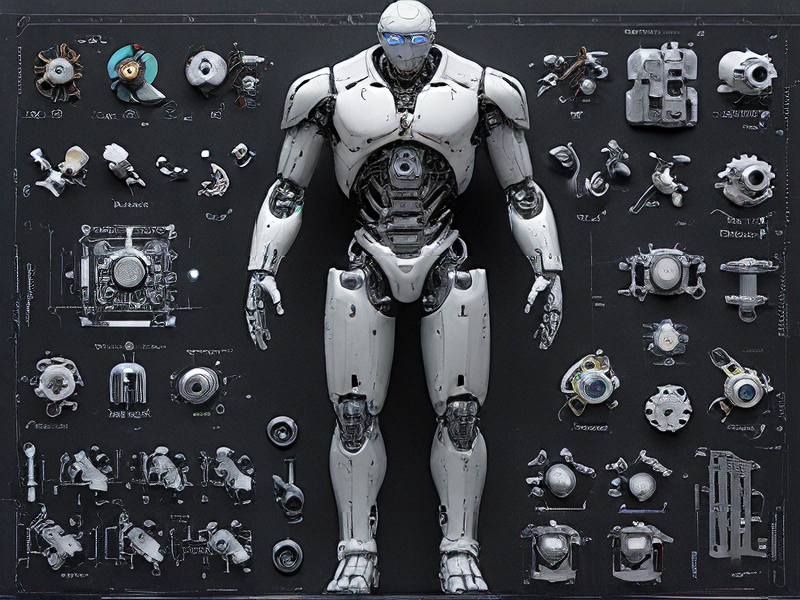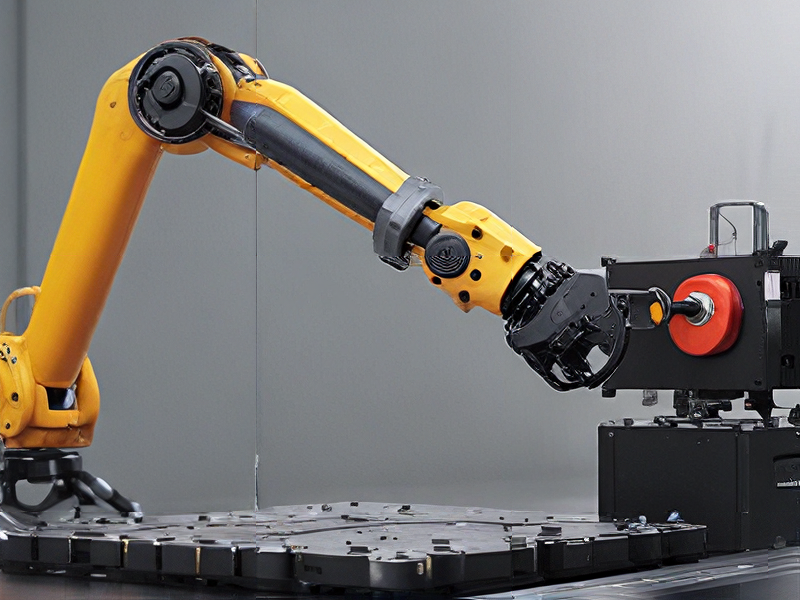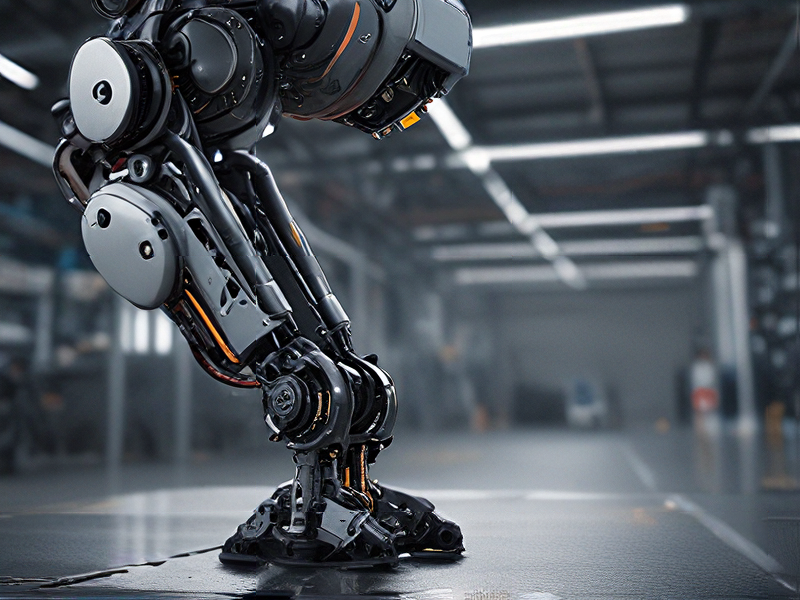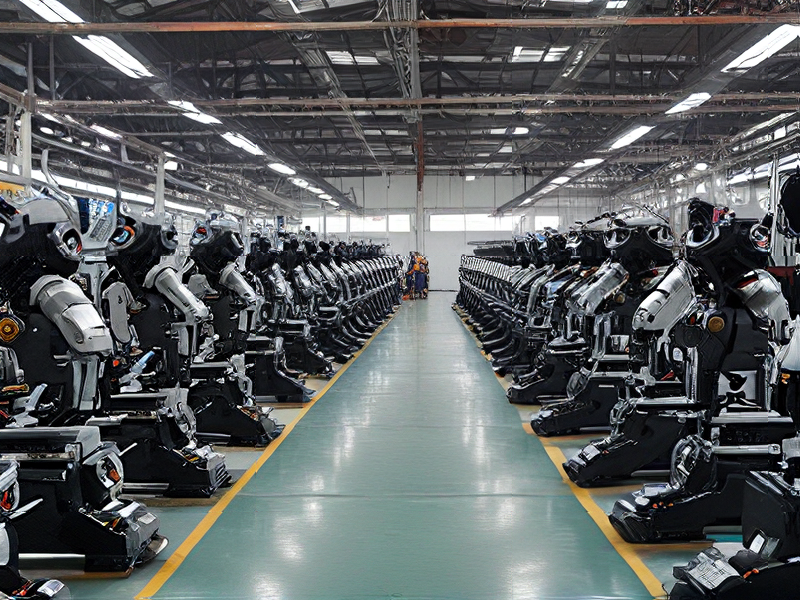Technology and Applications of parts of robotics
Robotics is a multidisciplinary field involving mechanical engineering, electrical engineering, computer science, and other disciplines to design, construct, operate, and use robots. Here are the key parts of robotics and their applications:
Key Parts of Robotics:
1. Sensors: These are the “eyes and ears” of a robot, allowing it to perceive its environment. Examples include cameras, LIDAR, and touch sensors.
2. Actuators: Actuators are the “muscles” of a robot, enabling movement and interaction with the environment. These include motors, hydraulic systems, and pneumatic systems.
3. Controllers: The “brains” of a robot, controllers process inputs from sensors and send commands to actuators. They typically involve microcontrollers and embedded systems.
4. Power Supply: Provides energy to the robot. Common sources include batteries, fuel cells, and solar power.
5. End Effectors: The “hands” or tools at the end of a robotic arm, used for interacting with objects. Examples include grippers, welding torches, and suction cups.
6. Software: The algorithms and programming that control the robot’s actions and decision-making processes. This includes AI, machine learning, and path planning.
Applications of Robotics:
1. Manufacturing: Robots are widely used in assembly lines for tasks such as welding, painting, and assembly. They increase efficiency and precision.
2. Healthcare: Surgical robots assist in precise surgeries, while rehabilitation robots help patients recover physical functions. Service robots assist in elderly care.
3. Exploration: Robots explore environments that are hazardous or inaccessible to humans, such as deep-sea and space exploration.
4. Agriculture: Robots automate tasks like planting, harvesting, and monitoring crop health, improving productivity and reducing labor costs.
5. Logistics: Autonomous robots are used in warehouses for picking, packing, and transporting goods, streamlining supply chains.
6. Military and Security: Robots perform reconnaissance, bomb disposal, and surveillance, enhancing safety and operational efficiency.
7. Entertainment: Robotics is used in film making, theme parks, and toys to create interactive and engaging experiences.
Robotics continues to evolve, integrating advanced technologies such as AI, IoT, and machine learning to expand its capabilities and applications.

Quality Testing Methods for parts of robotics and how to control quality
Quality testing methods for robotics parts typically involve rigorous procedures to ensure reliability and performance. Here are key methods:
1. Dimensional Inspection: Utilizes precision tools like calipers and CMM (Coordinate Measuring Machine) to verify dimensions against CAD models.
2. Material Analysis: Techniques such as spectroscopy and hardness testing ensure materials meet required specifications for strength and durability.
3. Functional Testing: Parts undergo simulated operational conditions to verify functionality and performance under expected loads and stresses.
4. Environmental Testing: Exposes parts to extremes of temperature, humidity, and vibration to ensure they withstand real-world conditions.
5. Non-Destructive Testing (NDT): Methods like ultrasound, X-ray, and magnetic particle inspection detect internal defects without damaging the part.
To control quality effectively:
– Establish Standards: Define precise specifications and standards for each part based on functional requirements.
– Implement Quality Control Checks: Regular inspections at various stages of production ensure adherence to standards.
– Document and Analyze Results: Maintain detailed records of testing outcomes to identify trends and areas for improvement.
– Continuous Improvement: Use feedback from testing to refine manufacturing processes and enhance product quality iteratively.
By integrating these methods into the manufacturing process and adhering to stringent quality control measures, robotics parts can consistently meet high standards of performance and reliability.

Tips for Procurement and Considerations when Purchasing from parts of robotics
When procuring parts for robotics projects, several key considerations can ensure a successful purchase:
1. Compatibility: Ensure that the parts you are purchasing are compatible with your existing components and the overall design of your robot. Check specifications such as dimensions, voltage requirements, and communication protocols.
2. Quality and Reliability: Opt for parts from reputable suppliers known for their quality. Reliable components are crucial for the performance and longevity of your robot.
3. Cost-Effectiveness: While quality is important, consider your budget constraints. Balance the cost of the parts with their quality and suitability for your project.
4. Availability and Lead Times: Check the availability of the parts and their lead times. Some components may have long lead times or limited availability, which could impact your project schedule.
5. Support and Documentation: Choose parts that come with adequate documentation and support from the supplier. This includes datasheets, user manuals, and technical support in case you encounter issues.
6. Scalability and Future Expansion: Anticipate future needs and consider how easily the parts can be scaled or expanded upon as your project evolves.
7. Environmental and Operational Conditions: Assess the environmental conditions (e.g., temperature, humidity) and operational requirements (e.g., load capacity, speed) that the parts will be subjected to, and ensure they meet these specifications.
8. Safety and Compliance: Ensure that the parts comply with relevant safety standards and regulations, especially if your robot will be used in a commercial or industrial setting.
By carefully considering these factors during procurement, you can enhance the reliability, performance, and efficiency of your robotics projects.

FAQs on Sourcing and Manufacturing from parts of robotics in China
When sourcing and manufacturing robotics parts in China, several FAQs commonly arise:
1. How do I find reliable suppliers?
Researching online platforms like Alibaba or attending trade shows in China can connect you with potential suppliers. It’s crucial to vet them thoroughly, checking their certifications, client reviews, and visiting their facilities if possible.
2. What are typical manufacturing timelines?
Timelines vary based on complexity and quantity but generally range from weeks to months. Communication with suppliers about deadlines and production schedules is essential to ensure timely delivery.
3. What about quality control?
Implementing stringent quality control measures is vital. This includes inspecting prototypes, setting clear quality standards, conducting regular inspections during production, and possibly hiring a third-party quality assurance firm.
4. How can I manage logistics and shipping?
Working closely with freight forwarders or logistics companies can simplify the shipping process. Understanding Incoterms (International Commercial Terms) helps clarify responsibilities and costs between buyer and seller.
5. What are the intellectual property (IP) considerations?
Protecting your IP is critical. Utilize non-disclosure agreements (NDAs), patents, and trademarks. Working with legal experts familiar with Chinese IP law can provide additional safeguards.
6. How do I handle language and cultural differences?
Effective communication is key. Hiring translators or working with bilingual project managers can bridge language gaps. Understanding Chinese business culture and etiquette can also facilitate smoother negotiations.
By addressing these FAQs, you can navigate sourcing and manufacturing robotics parts in China more effectively, ensuring smoother operations and mitigating potential challenges.

